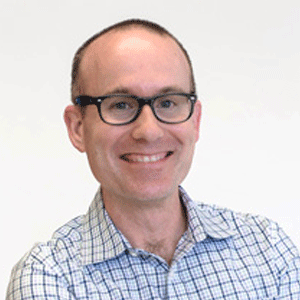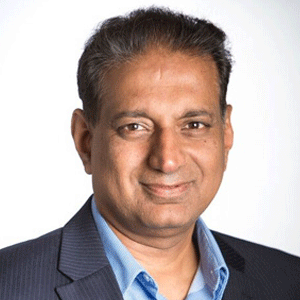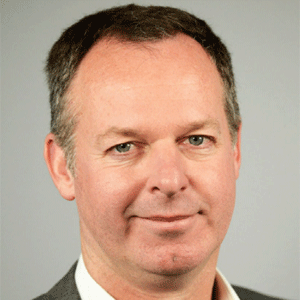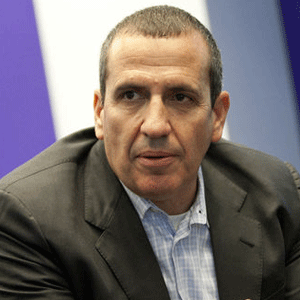THANK YOU FOR SUBSCRIBING

"How Health Insurers are Leveraging Data to Deliver Value back to the Consumer"
Sanjeev Gupta, CIO, HCF Australia


Sanjeev Gupta, CIO, HCF Australia
We are in the midst of a data revolution. As new technologies continue to emerge and disrupt traditional markets, like health insurance, it’s becoming increasingly evident that the winners in all of this will be consumers. An effective use of existing and new technologies, as well deciphering and leveraging key data, will open the door to a more transparent and proactive model of customer care.
Private health insurance is an industry constantly trying to communicate and justify its value. Empowering consumers to make informed decisions for their health based on real-time, aggregated data, and increased transparency, is one way to demonstrate this value.
“Empowering consumers to make informed decisions for their health based on real-time, aggregated data, and increased transparency, is one way to demonstrate this value”
In an industry that is notoriously complex and cluttered with options, upholding and maintaining transparency can be challenging. For the consumer, there’s limited localised information readily available, and the desktop research can leave consumers more confused than before they started. In particular, there’s a significant gap in the market for transparent service/cost comparison and advice around various procedures. Industry-wide, policy holders only have
One way to improve this customer experience is to utilise the reams of existing data on hand. This could be as simple as providing contextual information based on your preferences and data to help you select the right cover or helping you understand what your options are and what you can expect to pay and experience for a particular procedure, based on past results. This data already exists – it’s just about harnessing it and leveraging it in a useful way that is digestible for the average consumer.
Other areas to improve health outcomes using data are in the space of chronic disease management. By the intelligent use of sensors and proactive monitoring, a number of serious incidents can be prevented or actioned in a timely manner. Through analysing patient data of hospital stays and health care patterns, we can be more innovative than ever before in the way that we utilise and leverage data, which will have positive flow on effects for consumers.
On the reverse side, collecting data from patients is just as valuable. Over the past three years, we’ve surveyed more than 60,000 members providing 1.5 million data points on patient experiences when undergoing dental treatment, in-hospital treatment or when participating in a health management program. These kinds of quality improvement initiatives which utilise data in meaningful ways, provide healthcare providers with information to continuously improve their services, and encourage a collaborative framework with hospital staff to improve patient experiences overall.
Such initiatives and programs require significant platforms to collect and house large data sets, and to automate benchmark reports which can be distributed to health care providers to help drive improvements in health care outcomes. But the investment is more than worth it – it’s absolutely necessary.
HCF Australia is an insurance company founded in 1932. The company is headquartered in Sydney, Australia and offers health insurance, life insurance, travel insurance and pet insurance.












